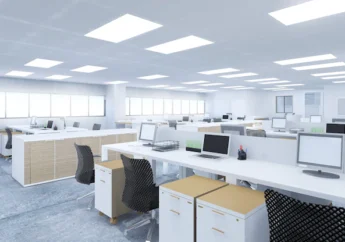7 Tips to Create a Safer Workplace
by Ankita Tripathy Business Published on: 17 June 2022 Last Updated on: 03 December 2024

Employers have a responsibility to provide a safe working environment for employees.
People shouldn’t have to face unnecessary risks when they go to work. Safety can also be a significant part of running a business that performs well. Employees can be more productive when they know they are safe at work.
Beyond that, there is a significant economic case for enhancing safety. It is estimated that employers in the US pay over a billion dollars a week in workers’ compensation for non-fatal injuries. There is also the potential for an employer to be held liable if the injury was the result of negligence as it concerns workplace safety.
While every workplace will have its own unique safety concerns, there are things any business can do to protect the safety of employees. Read on to find a few tips about creating a safer workplace for your employees.
Understanding Workplace Safety
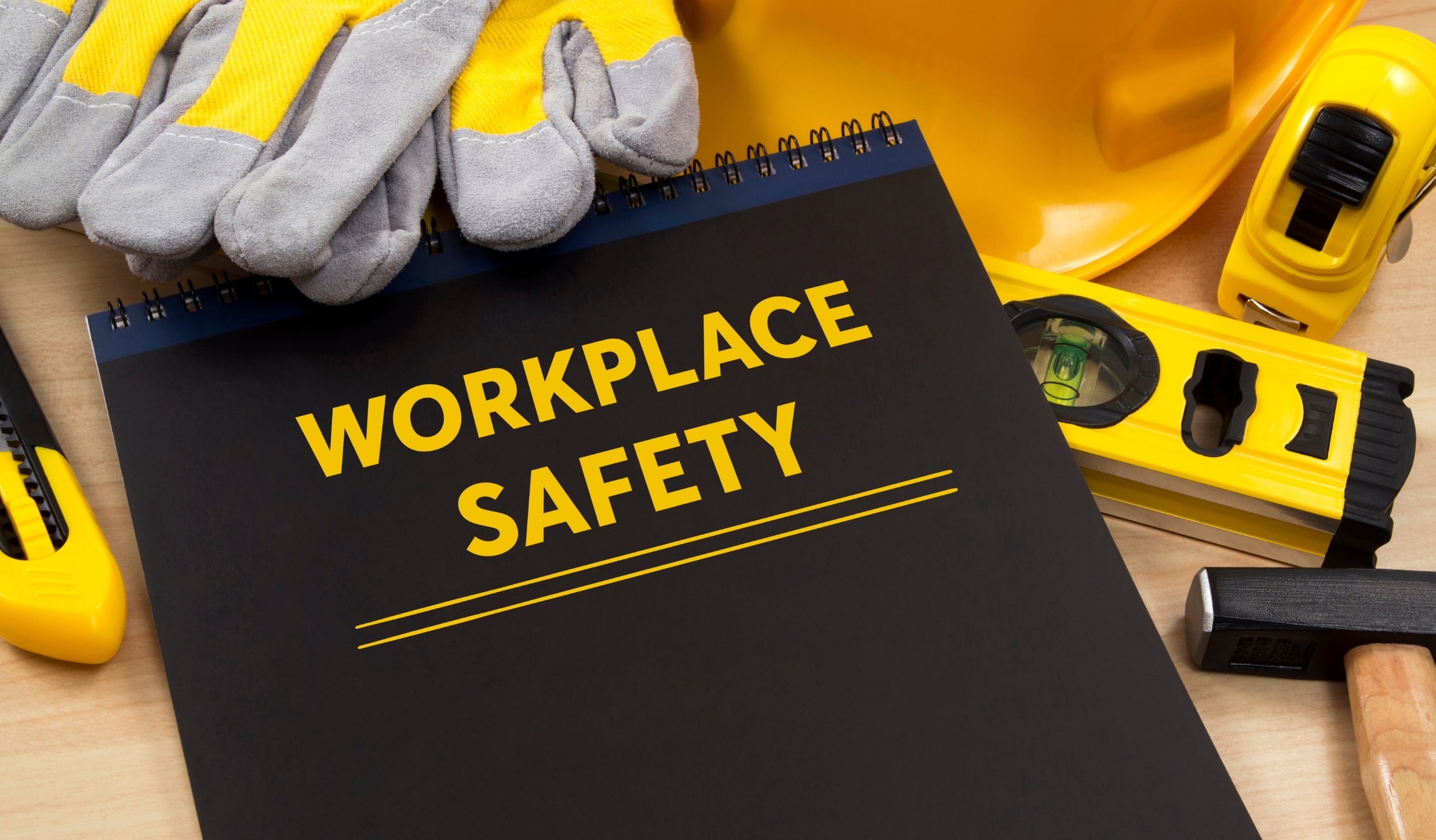
Safety must be your utmost concern if you are someone working in the manufacturing industry. Workplace safety is simply a collection of actions that can help you avoid any form of hazardous results. It works to keep up the safety quotient of the workplace.
Workplace safety programs consist of a collection of processes, guidance, and protocols that serve one purpose: to help mitigate risks that can result in injury or loss of life.
Benefits of Safety in the Workplace
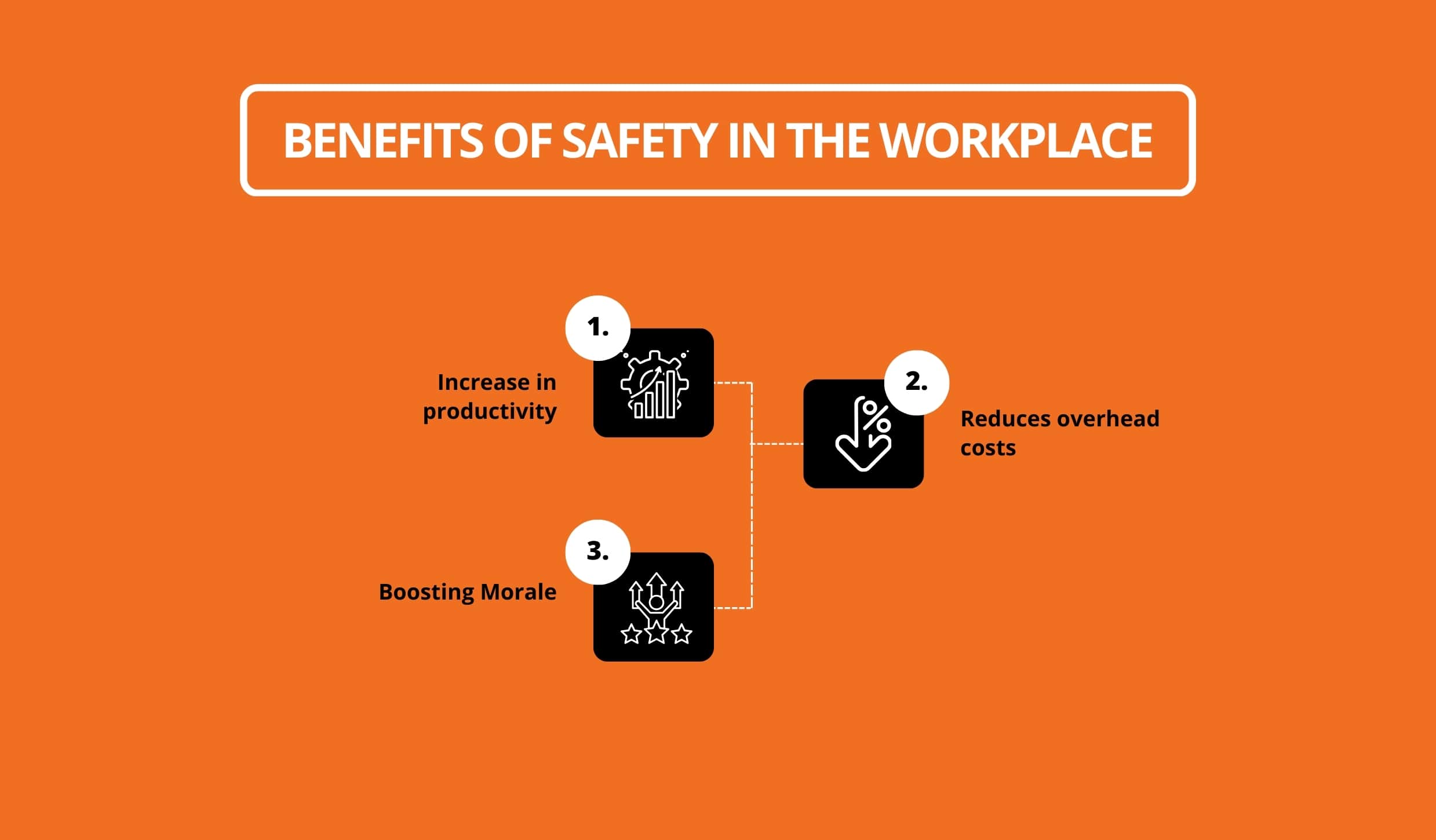
Workplace safety tips are not just there to help people avoid accidents. These protocols also help people to deal with an emergency if it occurs. Therefore, they are dynamic in nature. Here are some of the most prominent benefits of workplace safety that you need to know:
- Increase in productivity: Accidents delay operations. Therefore, accident aversion actually boosts productivity.
- Reduces overhead costs: Accidents on the job usually become expensive problems for companies. Therefore, avoiding accidents means avoiding problems.
- Boosting Morale: Employees actually work double-time if they feel like the organization is making efforts to keep them safe. Therefore, it can also help in boosting morale.
Who Is Responsible For Workplace Safety?
In an organization, everyone is responsible for maintaining workplace safety. You cannot hold one person responsible in any way. It is a collective endeavor.
However, in some organizations, there are panels that are held responsible. Then again, it is still a collective endeavor. This means everyone needs to be a part of the effort.
So, each one of you is responsible for workplace safety.
7 Crucial Suggestions To Create A Safer Workplace:
Overview:
- Put Safety Front and Center
- Be Aware of Hazards
- Proper Training
- Provide Safety Gear
- Cleaning and Safety
- Signs and Warnings
- Encourage Breaks
1. Put Safety Front and Center
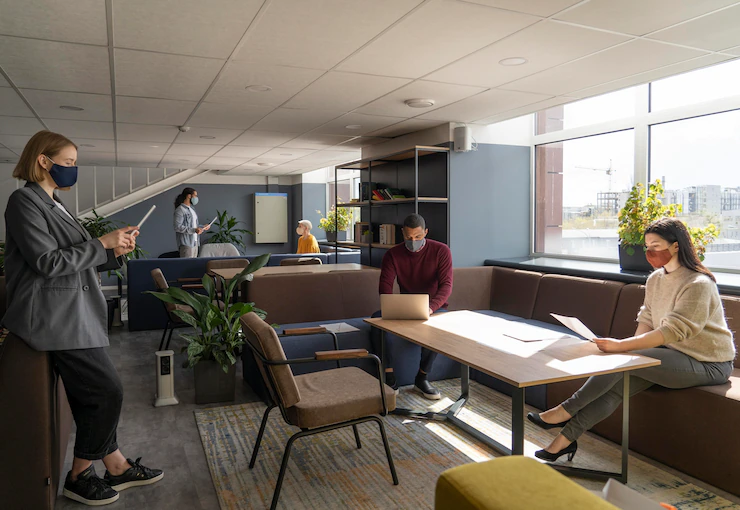
Workplace safety should be a part of the culture. Make sure employees understand the importance of safety. Let them know that the company values safe working habits and that you expect them to follow safety procedures when they work. And it shouldn’t just be part of onboarding new employees.
Have regular meetings to discuss safety and remind employees about different issues. You need to keep safety in people’s minds and make sure it doesn’t slip.
2. Be Aware of Hazards

Leaders need to be aware of hazards in the workplace and take steps to minimize the risk. The first thing to understand is that every workplace is unique, so you won’t find a worksheet or checklist that covers every risk at every business.
You will need to assess the risks at the workplace you run and make a comprehensive list. From there, you will need to develop plans and strategies to either eliminate or minimize the risk. You should also perform regular reviews to make sure you account for any new hazards.
3. Proper Training

Safety training will be crucial for many businesses. This is especially true if you have employees who may need to work with power tools or heavy equipment. Provide employees with thorough training to use different types of tools and equipment.
If there are substances that could be harmful, employees will also need to be aware of them and trained on how to handle them. You may also need to develop general workplace safety practices for all positions.
4. Provide Safety Gear
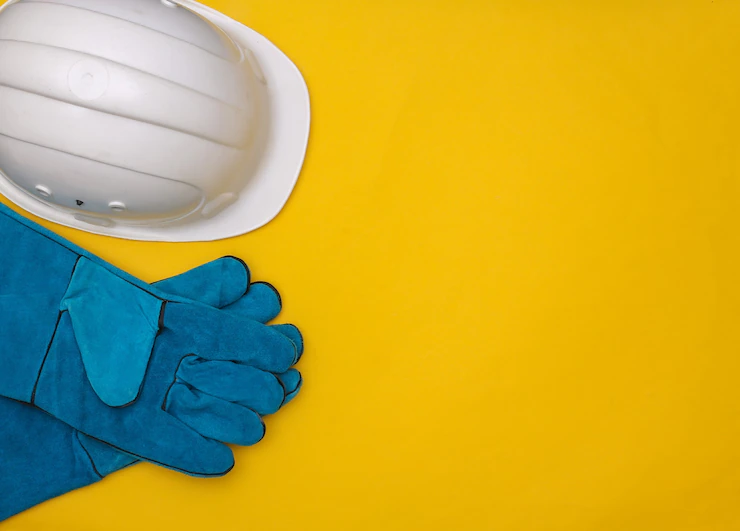
Safety gear is another issue for many jobs. For example, construction businesses might need to provide employees with hard hats or hearing protection. However, it can go beyond construction and other jobs with obvious hazards.
Evaluate every position you have at the company and the tasks that go with the position. Determine whether there is the potential to mitigate risk with safety gear. If so, provide the necessary safety gear for your employees.
5. Cleaning and Safety
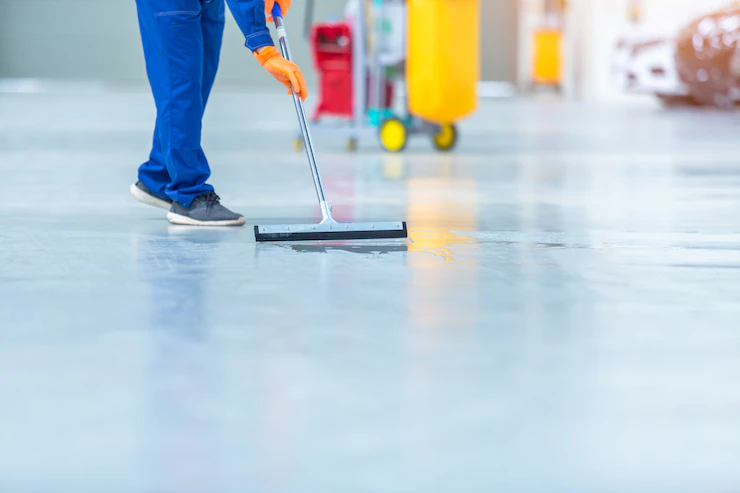
Many employers fail to recognize the connection between a clean workplace and a safe workplace. Having a clean workplace can protect employees in a number of ways. You can make sure equipment and materials are cleaned up and out of the way to prevent tripping hazards.
It can also be vital for reducing exposure to different contaminants. Developing cleaning procedures will help you to maintain a safer and cleaner workplace. Some businesses might also benefit from janitorial cleaning services.
6. Signs and Warnings

Posting signs can be one of the best ways to prevent accidents. Even when you teach people about a hazard, it can be easy for it to slip from their minds when they are around it every day. With signs posted, they will be reminded to exercise caution.
Some businesses may also need movable signs that can be posted depending on the situation. Signs for wet floors are a common example of this.
7. Encourage Breaks

Allowing employees to take short breaks can be one of the best ways to prevent injuries. This is especially true for workers who may handle dangerous equipment for long periods. If a person is working for a long time doing something repetitive or tedious, it can be easy for them to lose attention for a second or two.
In that second or two, they could suffer a serious injury. That is why you should encourage employees to take short breaks just to walk away from the workstation for one or two minutes. A short break can keep their mind sharp and prevent injury.
Maintaining a safe workplace protects you and your employees. Some of it may require an investment of time or money, but it will pay off in the long run. Your employees will be more productive, they will feel valued, and it will help you avoid the costs that come with serious workplace injuries.
Additionals:
































































































